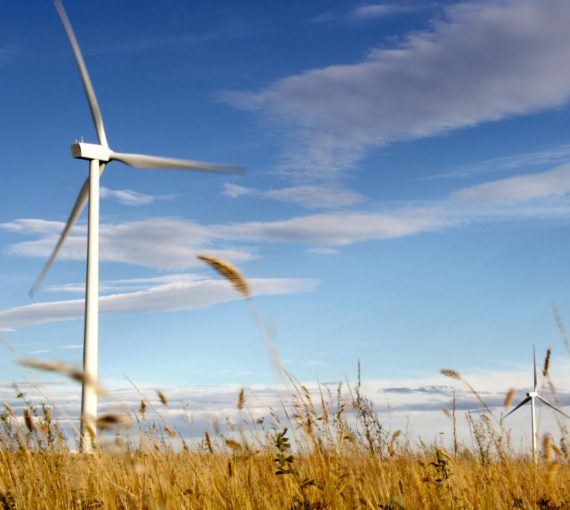Yes, the program added about four pennies to a litre of gas — an amount trivial to most motorists.
But look at the loss to society. Proceeds from the 2018-19 cap-and-trade auctions were estimated at $2 billion. That’s $2 billion that would have benefited the people by:
- Upgrading public transit and active transport (approximately $600 million): This money would have supported regional express rail and the creation of cycling lanes, which would have helped people who rely on the GO train or ride a bike.
- Protecting forests and agricultural areas (approximately $25 million): This money would have helped to plant millions of trees and enhance soil health, which are crucial if we want clean air and a vibrant farming sector.
- Supporting electric car usage (approximately $160 million): This money would have expanded the electric vehicle charging-station network and offered incentives for EV buyers so people with modest incomes could enjoy top-notch, easy-on-the-pocketbook vehicles.
Perhaps cap and trade’s biggest benefit would have been its contribution to greenhouse gas reduction. Research provided by the former government estimates that, by 2020, the carbon-pricing program would have brought a net greenhouse gas emissions decline of over 18 million tonnes.
The new government also plans to attack carbon pricing at the federal level. Does such a pledge help “the people?” If the federal policy threatened Ontarians, the new government might be right to offer protection. But what’s the evidence that carbon pricing is harmful?
Scientists and economists tell us it makes sense. In 2015, the editors of Scientific American wrote that the U.S. should “put a price on carbon pollution,” adding, “The tax would not pain consumers either.”
The Organization for Economic Co-operation and Development (OECD) — which represents some of the world’s most successful economies — suggests carbon pricing is crucial. In a speech in Toronto in November 2017, OECD secretary-general José Ángel Gurría said, “carbon pricing can be a powerful, cost-effective tool for aligning incentives and steering producers and households towards low-carbon and growth-oriented behaviour and investments.”
The new government’s language is vehement: In fighting carbon pricing it will exercise “every power available” and mobilize “all available resources at the disposal of the government.” Seldom does an administration display such fury.
Imagine if it summoned this passion to fight things that hurt people — drought and flooding, for example — rather than something that helps them.
This op-ed was originally published in the Star.




